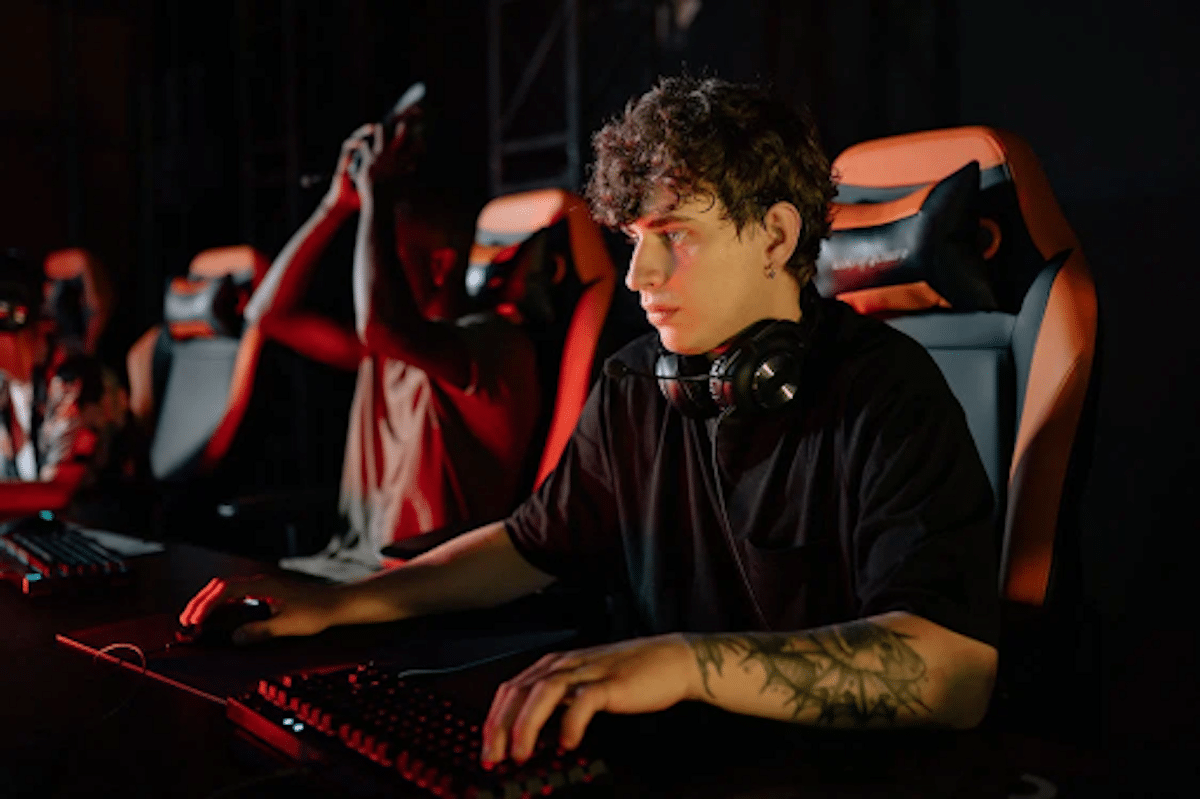Table of Contents
Over the years, gaming has become both an incredibly popular pastime and a way for humans to connect with friends and the world around them. This, of course, also includes those who’ve decided to take it a step further and dip into the competitive world of gaming, also known as esports.
Just a few decades ago, nobody thought esports would reach the heights it has reached or become as beloved as it has today. The concept was unfamiliar and foreign, though today we may even see it on TV and on dedicated news portals such as fragster.com.
And though many raise an issue with the nature of gaming and its traditional, stereotypical representation of the typical gamer, it couldn’t be further from the truth. Esports are starting to break down barriers in the world of gaming which will allow a diverse range of people to participate and enjoy the activity.
This article will cover the current state of diversity in esports and how gaming is breaking down existing barriers.
The Barrier to Entry
It’s hard to deny that, yes, some barriers do exist in the world of gaming and esports. Many have even considered gaming itself to be a rite of passage not everyone has the right to. While this is an unfortunate way of thinking, today’s climate in the gaming industry is changing it.
One of the most prominent barriers to entry is the common perception that gaming and esports are industries created for males. This misconception has placed many in the position of judgment when it comes to female gamers and their place in the gaming world. However, in 2017, women accounted for 46% of all gamers.
The second barrier to entry is the accessibility of gaming. This can be due to two reasons. One, earlier video games were not developed with people with disabilities in mind. They catered to the abled population and offered little to no adaptivity to this group of gamers.
The second reason is the price of gaming equipment, which has become even more expensive in recent years. Purchasing a graphics card has gotten more difficult nowadays for several reasons.
Still, these barriers to entry also have dedicated organizations working to beat the stigma and advocate for more diversity in esports and gaming.
Diversity in Esports
It goes without saying that diversity in esports is incredibly important. Increasing the diversity in video games helps both players and developers to enrich their gaming experience.
A broader audience means more experiences to share and stories to tell. This goes for both the viewer’s perspective and the developer’s perspective. Developers can look forward to telling stories with a wider cast of characters with their own quirks and personality that may be more compelling to players than the ones we have today.
On the other hand, players can meet and exchange opinions, stories, and experiences with a broader audience coming from all walks of life. There’s no need to say these experiences can make positive changes in our lives regarding empathy and feelings of belonging.
Additionally, a more diverse audience also means a wider audience. This implies increased revenue and a better economy for developers and video game companies.
Accessibility in Esports
This need for diversity hasn’t gone without notice. Developers and video game companies work tirelessly on innovative and fresh ways to promote inclusivity and diversity in the industry.
The accessibility in creating games does matter for everyone, and that can vary from a wide range of devices to including different characters in the game.
Hiring female developers and featuring strong female characters as the leading heroes in video games is a great step toward female representation in the industry. The same principle applies to the LGBTQ+ community and different races and ethnic backgrounds.
The Last of Us, which features both a strong female character and one that is part of the LGBTQ+, is a great example. The game and its franchise are loved by gamers worldwide not just for the characters, but also because of the compelling story and riveting gameplay.
Esports for Disabled Players
We’ve already mentioned that the gaming industry hasn’t adapted very well to the existence of disabled players who also want to experience gaming. However, this is also a factor that has been rapidly changing over the past years.
These accessibility features can help players with visual, auditory, cognitive, and motor issues. An accessibility feature we can find in nearly every game today is the colorblind mode. This also applies to remappable controls, allowing players to set their gameplay up for maximum comfort and convenience.
One of the most recognizable accessibility features is difficulty adjustments. While it’s not an immediately obvious tool, it’s great for players who have cognitive and motor impairments and need these adjustments to get through the story.
Finally, players with sensory and motor issues can enlist the help of haptic feedback to ease through the gameplay.
The Future of Accessibility in Esports
Esports and gaming are becoming bigger industries worldwide, and this is in no small part thanks to the efforts made by players and game devs alike. It’s up to everyone to work together to make the gaming community a more inclusive and accepting one regardless of one’s life circumstances.
That’s the reason why no one should feel afraid to join in on playing video games and enjoying their favorite pastime without fear. Your background, level of experience, and life circumstances don’t matter. Enjoying the game is all that matters.
Image Credit: pexels.com


